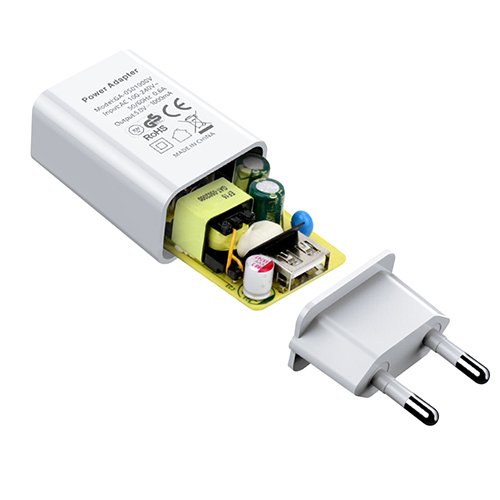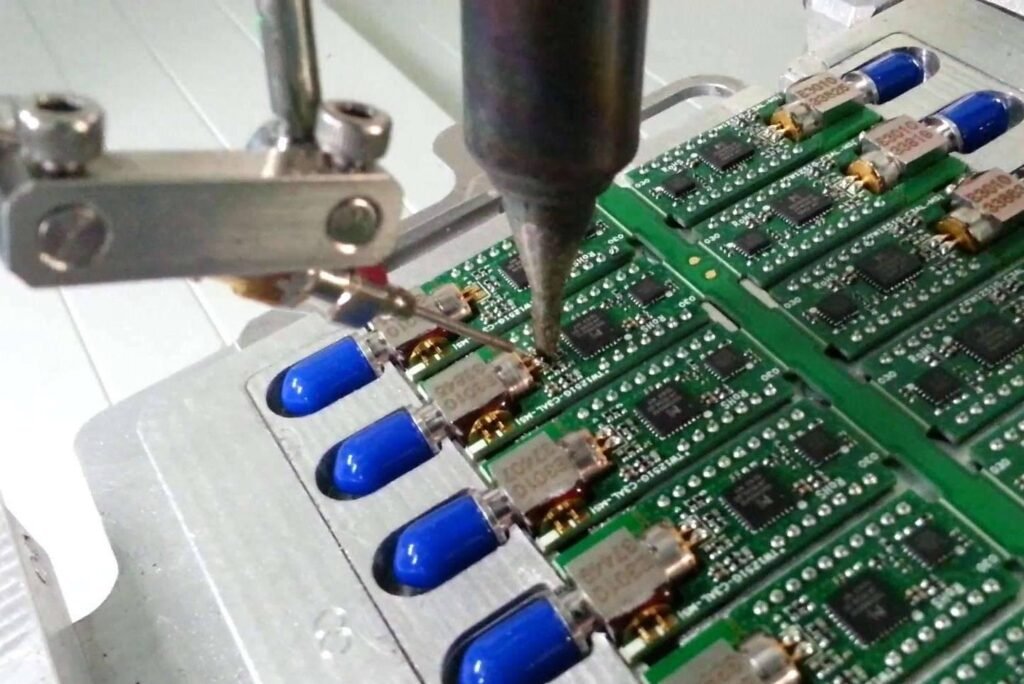Address
304 North Cardinal St.
Dorchester Center, MA 02124
Work Hours
Monday to Friday: 7AM - 7PM
Weekend: 10AM - 5PM

In the age of head-down people, mobile phone accessories are necessities of life, and charging heads are indispensable. It is such a small charging head that consumes a lot of labor and material resources. It takes more than 20 steps to complete a small charging head. According to rough statistics, more than 30 workers in the workshop can make about 8,000 charging heads if they work eight hours a day.

So how do various departments in a factory design and produce a charger? let’s look at it together:

2. After receiving the materials from the engineering department, the electronics department and quality department should complete the compilation, review, and issuance of relevant materials within two working days. Mainly include: writing SOP. (Component processing, plug-in, soldering, testing, assembly, aging, ultrasonic and packaging, etc.).
Common chargers should be divided into internal circuit board and external shell assembly, the steps include:
(1) Printed circuit boards: PCB (Printed Circuit Board), is an important electronic component, a support for electronic components, and a carrier for electrical interconnection of electronic components. Because it is made by electronic printing, it is called a “printed” circuit board.Use the robot to place the printed circuit board on the production line.

(2) Plug-in: Insert electronic components into corresponding positions on the printed circuit board;

(3) Fixing: Use automatic welding equipment to weld and fix the electronic components on the printed circuit board;

(4) Brushing: Use an automatic brushing machine to brush off the solder beads on the printed circuit board, and to recover the brushed solder beads;
(5) Sub-board: Use automatic sub-board equipment to divide the printed circuit board into a single printed circuit board in small units;

(6) Housing: Use a manipulator to load a single printed circuit board into the housing of the charger, and then weld and fix it by welding equipment. The present invention reduces the manual operation links, reduces the error rate, and improves the charging The production efficiency and qualification rate of the charger further realize the automated production of the charger.


(4) All departments should report to the engineering department the problems in production in a timely manner. To
(5) The production technology should keep a record of the problems that occur in production, and fill in the “Product Production Report” carefully.
(6) Problems that can be handled by production technology should be handled in time. Those that cannot be handled shall be reported to relevant departments in time, and the handling of relevant departments shall be followed up.
(7) During production, the production section of the electronics department shall collect the data of product working hours and auxiliary materials in a timely manner, and send the data of working hours and auxiliary materials to PMC within two working days after production.
The above is the complete production process of a charger. In summary, The complete production process of a charger can be summed up as blank board printing, plug-in, soldering, inspection, shell assembly, finished product testing, and finished product packaging.